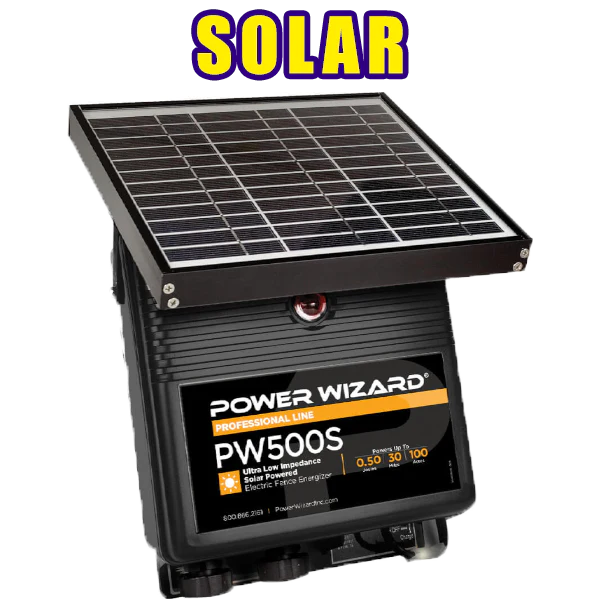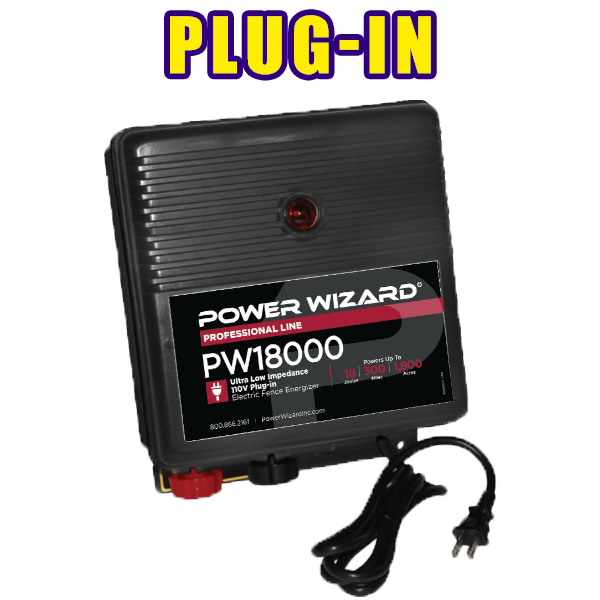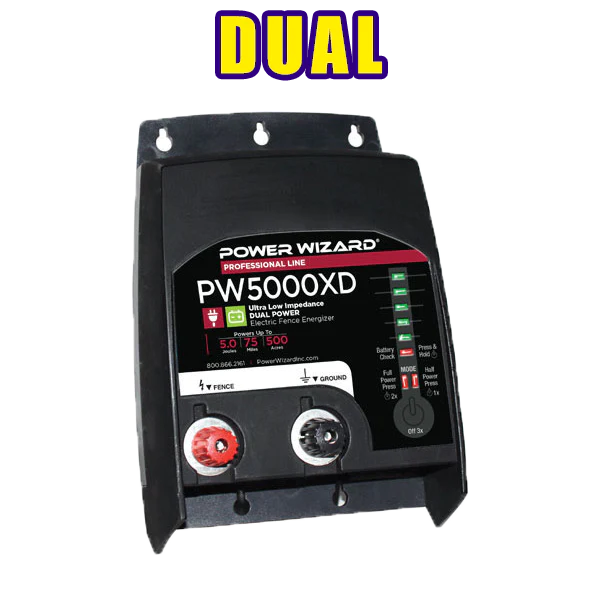Weeds may seem like mere nuisances, but when it comes to electric fences, they can wreak havoc on your system's effectiveness. Understanding how weeds interact with electric fences and implementing proper weed management techniques is crucial for maintaining a reliable and efficient electric fence system.
How Weeds Affect Electric Fences
Weeds, while unsightly, can also drain a significant amount of energy from your fence line. When weeds make contact with an electric fence, voltage and amperage are drawn from the fence to the earth. In dense weed conditions, much of the joule output produced from the energizer may be diverted to the earth, potentially shorting out your fence.
In such scenarios, your fence experiences a heavy fence load and low resistance. This low resistance, measured in ohms, signifies a heavy fence load, indicating substantial weed growth along the fence. If left unchecked, these weeds can compromise the effectiveness of your electric fence system.
Choosing Chargers That Combat Weeds
Low impedance energizers are designed to adapt to increasing fence loads by ramping up their energy output. As weeds draw voltage and amperage to the earth, a low impedance energizer responds by generating higher energy levels (joules). This increased energy overcomes the voltage and current loss caused by the weeds, ensuring consistent energy levels on the fence line.
Low impedance energizers, for example, are engineered to reach their maximum energy output at low resistance levels. This allows the energizers to deliver peak performance when confronted with heavy fence loads due to weed intrusion.
Controlling Weed Growth
While low impedance chargers mitigate shorts due to weed intrusion, proactive weed control remains essential. Here are some effective weed management strategies to safeguard your electric fence system:
- Traffic Patterns: Minimize foot traffic along fence lines to prevent soil compaction and weed growth.
- Maintain Grass Height: Allow grass along fence lines to grow to three inches or higher to outcompete weeds.
- Regular Maintenance: Trim vegetation near fence lines and posts regularly to control weed growth.
- Specialized Equipment: Invest in fence mowers or flame weeders for efficient weed control, especially for larger fence lines.
Summer Weed Checks
As summer sets in, it's crucial to inspect your electric fences for weed growth. With recent rainfall, weeds may proliferate rapidly, posing threats to your fence's functionality. Take proactive measures to control weed growth and ensure your electric fence system operates optimally throughout the season.
Conclusion
Weeds are more than just "plants out of place"; they can significantly impact the performance of your electric fence system. By understanding how weeds affect electric fences and implementing effective weed management strategies, you can maintain a reliable and efficient fence system year-round.




2 comments
What is an example of a low impedance energizer and who makes these?
What is an example of a low impedance energizer and who makes these?